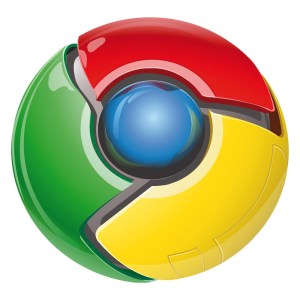 As part of its continuing efforts to secure its browser, Google is challenging hackers to try and exploit its Chrome browser. The search giant will fork out $20,000 and a CR-48 Chrome OS notebook to the first hacker to exploit Chrome at the fifth annual Pwn2Own hacking contest, which takes place from March 9-11. The contest is a part of the CanSecWest security conference held in Vancouver, British Colombia.
As part of its continuing efforts to secure its browser, Google is challenging hackers to try and exploit its Chrome browser. The search giant will fork out $20,000 and a CR-48 Chrome OS notebook to the first hacker to exploit Chrome at the fifth annual Pwn2Own hacking contest, which takes place from March 9-11. The contest is a part of the CanSecWest security conference held in Vancouver, British Colombia.
This is the first time any browser maker has added prize money and the first time Google has participated, according to TippingPoint, which is sponsoring the event. Google’s contribution came after the company learned that its Chrome browser wouldn’t be included in the competition due to its similarity to Apple’s Safari browser (both run on Webkit, an open source browser engine). Last year, Chrome performed best among all the browsers in the competition, reports The Register.
In addition to Google’s contribution, $105,000 in prizes will be given by Pwn2Own to those who successfully hack varying browsers and mobile devices. Cracking Internet Explorer, Safari, or Firefox will net successful hackers $15,000. Prizes for hacking Windows Phone 7, iPhone 4, BlackBerry 6 OS, or Android will also win exploiters $15,000 plus a device running the operating system.
“Similarly to last year the competition will focus on two main technologies: web browsers and mobile devices,” writes Aaron Portnoy, manager of the security research team at TippingPoint. “Staying true to the original intent of the Pwn2Own contest we intend to empirically demonstrate the current security posture of the most prevalent products in use today.”
Google appears fairly confident in its Chrome browser. It will be interesting to see how it fares against the competition this year. This is also the first year Windows Phone 7 will be competing. Is Microsoft’s fledgling OS ready for the competition?
Update: Made some updates to the headline and body to clarify points of the story and added an additional source.


